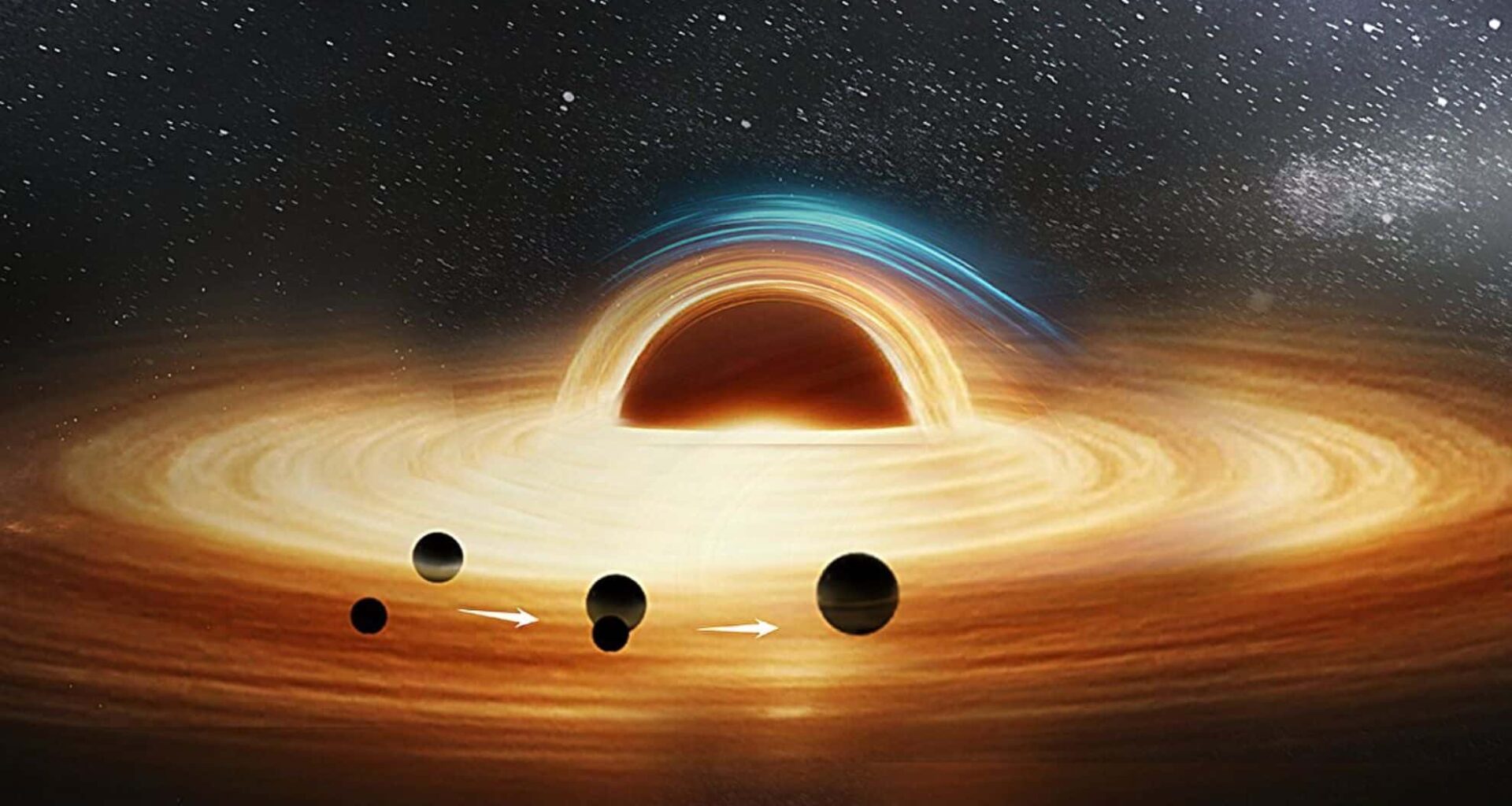In a groundbreaking discovery, astronomers from the Shanghai Astronomical Observatory (SHAO), part of the Chinese Academy of Sciences, have uncovered evidence suggesting that binary black holes might not be the “lonely wanderers” we once thought them to be. Instead, they could be orbiting a far more mysterious and massive entity—a third compact object, possibly a supermassive black hole.
The Role of GW190814 in the Discovery
The discovery emerged from a detailed analysis of the gravitational wave event known as GW190814, which was recorded by the LIGO-Virgo-KAGRA collaboration. For the first time, the team led by Dr. Han Wenbiao identified unusual characteristics in the signal from this event that pointed to the possible presence of a third object influencing the merger of the two black holes.
Dr. Han’s team believes that these black holes might not have formed in isolation but could have been part of a more complex system, potentially interacting with a supermassive black hole. According to the research published on July 21 in The Astrophysical Journal Letters, the unusual mass ratio of the two black holes involved in GW190814—approximately 10:1—suggests that they may have been part of a hierarchical triple system.
In this system, a supermassive black hole could have captured the binary black holes, gradually drawing them closer through gravitational interactions. This theory is backed by the way the binary components behaved before merging, and it could redefine how we understand the formation of black hole systems.

The Impact of Gravitational Wave Signals
Dr. Yang Shucheng, a co-author of the study, explained that the strange mass ratio of the black holes in GW190814 made the event an excellent candidate for further investigation. The research team noticed that if a binary black hole were merging near a third compact object, it would undergo orbital motion influenced by the third object’s gravity. This would, in turn, cause a phenomenon called “line-of-sight acceleration.” This acceleration would alter the frequency of gravitational waves, a shift known as the Doppler effect, which leaves a distinct “fingerprint” in the gravitational wave signal.
By creating a model that incorporated this line-of-sight acceleration, the team was able to compare different gravitational wave events. The results showed that for GW190814, the model that included this acceleration outperformed the traditional model of isolated binary black holes. This finding, with a high Bayesian factor of 58:1, strongly suggested that the presence of a third object had influenced the gravitational wave signal.
A New Era of Gravitational Wave Detection is Here
The implications of this discovery are far-reaching. For the first time, astronomers have clear evidence for the existence of a third compact object in a binary black hole merger event.
Dr. Han Wenbiao remarked, “This is the first international discovery of clear evidence for a third compact object in a binary black hole merger event.” The team’s work sheds light on the potential complexity of black hole systems and raises questions about the mechanisms behind their formation.

As future generations of gravitational wave detectors—such as the Einstein Telescope, Cosmic Explorer, and LISA—come online, scientists will be able to capture even more subtle variations in gravitational wave signals. These advanced tools could help detect additional examples of binary black hole mergers influenced by third compact objects, deepening our understanding of the evolution of black holes and their environments.
